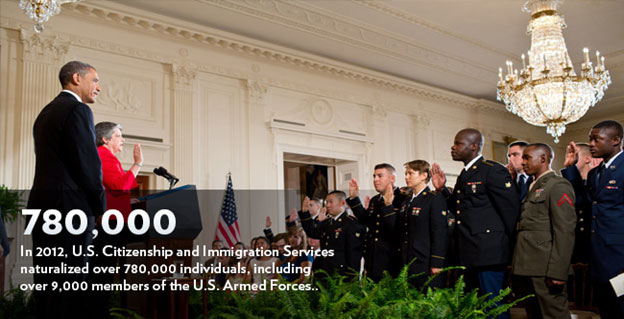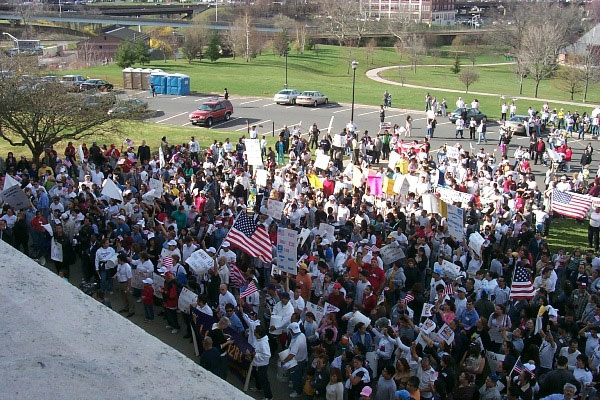The 21st century brought many changes to American society. However, there were some facets of society that remained the same. Certain segments of the American population continued to experience discrimination. For example, women continued to fight for equality in the workplace. Lily Ledbetter is one of those women.
Lily Ledbetter was an employee of Goodyear Tire Company. She alleged that she was paid 15 to 40 percent less than male employees. She took her case all the way to the U.S. Supreme Court, but the court ruled that she had waited too long to report the unfair pay. However, Ledbetter continued to fight.
In 2009, newly elected President Barack Obama signed the Lily Ledbetter Act. This law provides protection against pay discrimination on the basis of race, sex, national origin, age, religion, and disability. The law also allows a person 180 days after the last unfair paycheck to file a complaint with the proper authorities.
Click on the link below and watch the video about the signing of the Lily Ledbetter Fair Pay Act.
![]() The Signing of the Lily Ledbetter Fair Pay Act.
The Signing of the Lily Ledbetter Fair Pay Act.
Another civil rights issue that emerged during the 21st century was the immigration reform policy and its impact on immigrants in the United States. The Obama Administration proposed an immigration reform that would make the immigration process easier and require immigrants to earn American citizenship. The Obama Administration also proposed strengthening border security and cracking down on those who hire illegal immigrants.
Frustrated with delays in Congress, President Obama took executive action. In 2014, he announced immigration policy changes that implemented his proposals and also deferred deportation of certain illegal immigrants whose children are American citizens or lawful permanent residents. Texas and more than 20 other states filed lawsuits against the Federal government, arguing that Obama’s executive action violated the Constitution.

Source: Immigration 780,000, The White House
Most immigrant organizations are in favor of reform that would lead to citizenship. Immigrants and supporters have organized marches and rallies in support of the reform. The image below is from a 2006 rally in Connecticut against U.S. policies.

Source: Immigration Rally 4/10/06 Demonstrating against US policies - Photo 1, Connecticut General Assembly
Progress for gay and lesbian rights was made during the 20th century. One of the biggest changes was the “don’t ask, don’t tell” policy in which military recruits did not have to disclose their sexual orientation. Implemented by President Bill Clinton in 1992, this policy, while not lifting the ban on gays in the military, was a step in the direction of acceptance. In 2010, President Obama repealed the “don’t ask, don’t tell” policy, thus allowing openly gay males and females to serve in the U.S. military.
The movement has expanded during the 21st century, encompassing the lesbian, gay, bisexual and transgendered (LGBT) community. The movement to advance LGBT rights seeks to gain full civil rights, social equality, and protection from discrimination.
One of the most debated issues has been the question of same-sex marriage. The Defense of Marriage Act (DOMA), enacted by Congress in 1996, defined marriage as the union of one man and one woman. The federal law allowed states to ban same-sex marriages. However, civil rights activists challenged the law in the court system.
In 2015, the U.S. Supreme Court ruled by a 5–4 decision in Obergefell v. Hodges that the right to marry is guaranteed to same-sex couples by the Due Process and Equal Protection clauses of the 14th Amendment. The decision legalized same-sex marriages in all 50 states.
In this resource, you learned that civil rights movements have occurred in the 19th, 20th, and 21st centuries. There have always been groups within the American population who have had to fight for civil rights.
Throughout U.S. history, political leaders and organizations have worked to help ensure that all American citizens have the equal rights guaranteed by the U.S. Constitution.